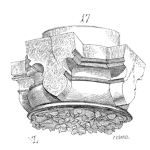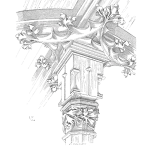
Assessing critical infrastructure and facilities is essential for maintaining performance as systems age. Mid-level engineers are frequently tasked with leading a reliability assessment with limited training. The good news is that you don’t need to be a subject matter expert to be successful. But you do need a structured collaboration approach and a mental model to help you through the tough spots. Success rises and falls based on the quality of the facilitation. [Read more…]











